Astralis’s rise to the tip-top of the competitive scene started with their controversial removal of Finn “karrigan” Andersen last October. As Astralis quickly ascended to the top of the world in his absence, however, Karrigan started to continuously sharpen an international team also aimed to hit the top.
And now Karrigan is close. Since the addition of Niko, FaZe has made the finals of both high-level international tournaments they have attended. They were met in both contests by none other than Karrigan’s former teammates, Astralis. FaZe lost the opening bout at IEM Katowice, but surprised at Starladder by taking the series in overtime of game three. While the split record versus the best team in the world is certainly impressive, FaZe now face a certain historical anomaly that threatens to cut short their upper echelon existence.
Astralis are the best team in the world. They have been for five months, but the Danish team has faced a succession of short-term rivals that has prevented them from ever looking especially dominant. At IEM Oakland— the new roster’s first event together with Lukas “gla1ve” Rossander in tow — Astralis lost to SK Gaming in the semifinals as they failed to overtake the former world leader losing 0-2. Two weeks later, Astralis swept SK 2-0 in the semifinals of ELEAGUE Season 2, even ending their 17 game win streak on Train.
But Astralis didn’t win ELEAGUE. They were met in the finals by the tournament’s wonder underdog, OpTic, who made it this far through a series of timely circumstances and over-performances. In one of the final major surprises of the Uncertainty Era, Astralis actually fell to OpTic in the finals with Nicolai “dev1ce” Reedtz underperforming—in sharp contrast to OpTic’s Keith “NAF” Markovic who had one of the best performances of his life.
Once again, however, Astralis found revenge in a rematch soon thereafter. Not only did Astralis beat OpTic in the opening game of the ECS Season 2 finals, they also met the mostly North American mix again in the tournament’s finale and once again they swept away their would-be rival 2-0.
Now the clear world-leader, Astralis went into the biggest tournament of the last six months, the ELEAGUE Major, only to encounter another short lived rivalry. Virtus.pro had been the best team in the world for much of the Uncertainty Era, but they were absent or underwhelming in November and December as Astralis moved up to the very front of the pack. Virtus.pro, however, refound their form and played the final boss role once more at the major. This time though Astralis won the initial bout thanks to a pair of 16-14 wins on Overpass and Train.
But at their very next tournament, Astralis actually fell to Virtus.pro in the DreamHack Las Vegas semifinals, with the Polish side going on to defeat SK in the finals to win the tournament outright. This rivalry again ended in Astralis’s favor after these two back-to-back contests.
Astralis made the finals and faced FaZe at both IEM Katowice and Starladder i-League StarSeries Season 3. But Virtus.pro failed to advance through the preliminary stages of both tournaments. On home turf at IEM Katowice, they found some surprising but close losses on their best maps. Then at Starladder, Virtus.pro suddenly looked far from competitive, losing three of their four contests in the swiss stage by massive margins: they lost 16-2 versus SK, 16-5 versus NiP, and 16-2 again versus Fnatic to be eliminated from the tournament.
But what’s even more troubling is the effect that these more recent losses seemed to have had on Virtus.pro. Against Fnatic, in an apparent erosion of confidence, Virtus.pro themselves banned one of their best maps, Train, and one of their more middling maps, Overpass, in order to play the new inferno which they had played just once before.
Virtus.pro has shown this sort of tournament-to-tournament inconsistency in the past, but these very humble showings from the longstanding polish powerhouse came at a very particular moment.
The decline of Fnatic, which led to the GODSENT split, was somewhat accelerated due to the removal of Inferno and addition of Nuke into map pool. On the other hand, Virtus.pro seemed to strongly benefit from the change. While their Nuke pick in the semifinals of ESL One Cologne may have cost them the series, Virtus.pro became the best team in the world on the new Nuke during the Uncertainty Era. The map even gave them a key advantage over SK, who they could now suddenly defeat at tournaments such as ESL One New and EPICENTER.
And Valve only made their map pool stronger after the ELEAGUE Major as Virtus.pro’s permaban, Dust2, was removed from the competitive map pool to make the room for the returning Inferno. Virtus.pro was already challenging Astralis for the very highest rung on the competitive ladder, but this change should have given VP the absolute best map pool in the world and an edge in almost any best-of-three series. Yet Virtus.pro have somehow managed to fall this slump after winning DreamHack.
But a mysterious downturn following a short-term rivalry with Astralis is not unique to Virtus.pro. OpTic, like Virtus.pro early this year, reached the very top of the world rankings but suddenly fell off after their two runs-in with Astralis in December.
OpTic’s stark improvement from their earlier form in the fall was was largely due to three key factors. First, they improved their map pool by excelling on Overpass in addition to their traditionally strong Train and Cobblestone. Second, the team’s primary entry player, Will “RUSH” Wierzba, needed additional firepower and went from being the team’s third best player to actually exceeding the output of either Tarik “tarik” Celik or Oscar “mixwell” Cañella. But the third and most important area of improvement was the development of the team’s T-sides under the new leadership of Peter “stanislaw” Jarguz.
Accordingly, the departure of Stanislaw to Team Liquid after OpTic’s disappointing ELEAGUE Major showing was a huge detriment to the continued success of the team. Still, one could hardly predict just how rapidly OpTic fell off. OpTic was eliminated from the group stage of DreamHack Masters Las Vegas with losses to North and Astralis, but then they massively underwhelmed at IEM Katowice coming away with zero wins across five contests. Now, OpTic looked better versus more limited competition at cs_summit with Jason “jasonR” Ruchelski, but the result is still a far cry away from their December heyday.
But it is not just Virtus.pro and OpTic. The Gla1ve-era Astalis’s very first rival, SK gaming, has recently faced similar difficulties. SK was the best team in the world overall last year. After Fnatic and Na’Vi started to dip, Luminosity/SK won four events, including both of 2016’s Valve Majors, and stayed very near the top of the competitive ladder even after their dominance declined in the fall. But perhaps the most commendable aspect of their run in 2016 was their unparalleled consistency.
Over the entire year, Luminocity/SK finished top-four or better at every single offline tournament they attended with the exception of DreamHack Masters Malmo, where they were eliminated in the group stage and ELEAGUE Season 1, where they were disqualified due to their move over to the SK organization. And that remarkable consistency even continued for a short while longer after Lincoln “fnx” Lau was removed from SK almost immediately after their loss to Astralis in ELEAGUE Season 2.
SK looked weaker but were still able to find top-fours at both ECS Season 2 and the ELEAGUE Major with the often underwhelming former Kinguin/FaZe Awper, Ricardo “fox” Pacheco temporarily standing in. But after picking up Felps and performing well together at their first event, DreamHack Masters Las Vegas, SK actually were eliminated in two straight preliminary tournament stages at IEM Katowice and StarLadder i-League StarSeries Season 3, just like Virtus.pro. They just won cs_summit last weekend, but there is obviously a new pattern to SK’s results. Instead of impeccable consistency, SK have been incredibly inconsistent following the removal of the Fox stopgap.
While the level of competition massively increased following the major, this downturn is still very surprising, The raw fire power of the Fernando “fer” Alvarenga, João “felps” Vasconcellos, and Marcelo “coldzera” David trio seemingly should make SK an elite competitor this year. But the departure of Fnx finally had to be dealt with. SK has adopted a different style of play relying less on the FalleN-Coldzera double AWP setup and more on the aggressive rifling of Fer and Felps instead. Accordingly, Gabriel “FalleN” Toledo has looked increasingly limited, which continues to be an issue.
There have also been map pool issues that SK has just recently started to sort out. For example, while the classic five-man roster with Fnx accumulated an astonishing record on Train, on Lan in 2017 SK have in comparison racked up a paltry 3-8 record. SK have since sorted Mirage back up towards the top of their map pool to noticeable success, but it remains to be seen if Cache, where they found three straight victories at cs_summit, can likewise be a strength for SK versus the best teams in the world.
SK fell off and continue to struggle, just like OpTic and Virtus.pro, and this dangerous pattern now threatens FaZe. But let’s be realistic. No curse or jinx is affecting any team’s play. These are three separate instances of sharp declines which probably have very little to do with the current No. 1 team in the world. Just because FaZe faced Astralis in two straight tournaments—like SK, OpTic, and Virtus.pro—does not mean they are now doomed to face some certain calamity before IEM Sydney.
But in this fearful symmetry there is one real verifiable terror. As teams peak and valley, as rosters build up and fall apart, Astralis stands still as the scene’s unmovable final obstacle. For the last five months they have themselves been the curse of the competitive scene: the perilous, raging Rubicon that every team should be afraid of crossing.



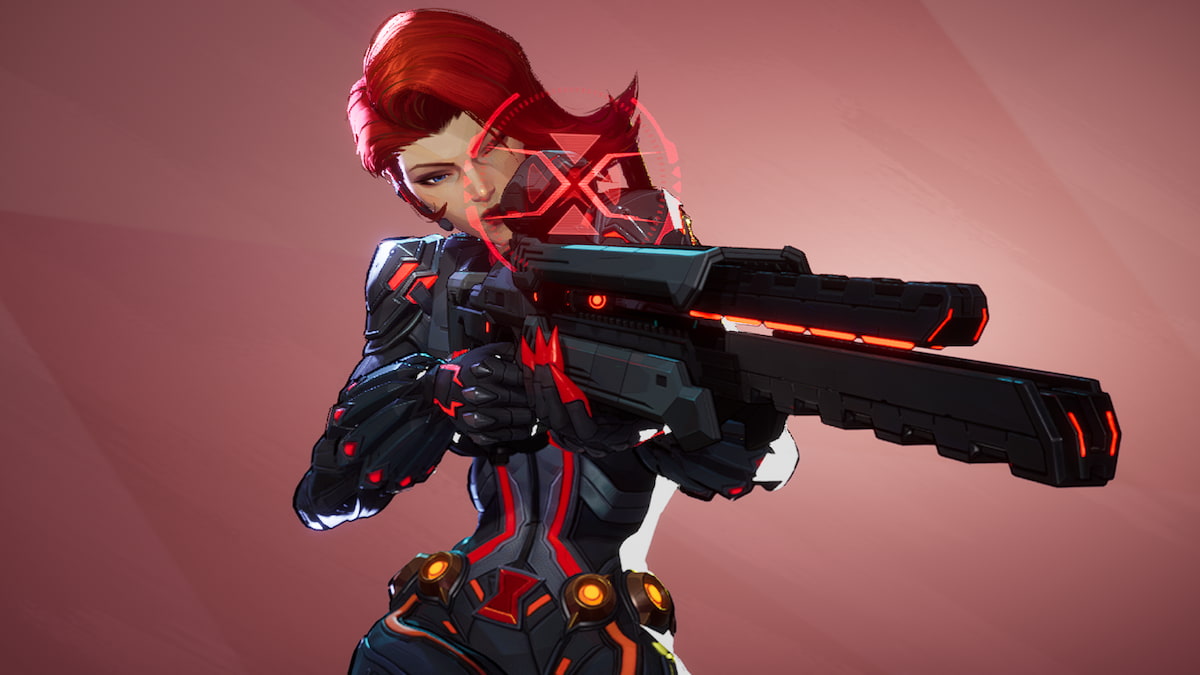
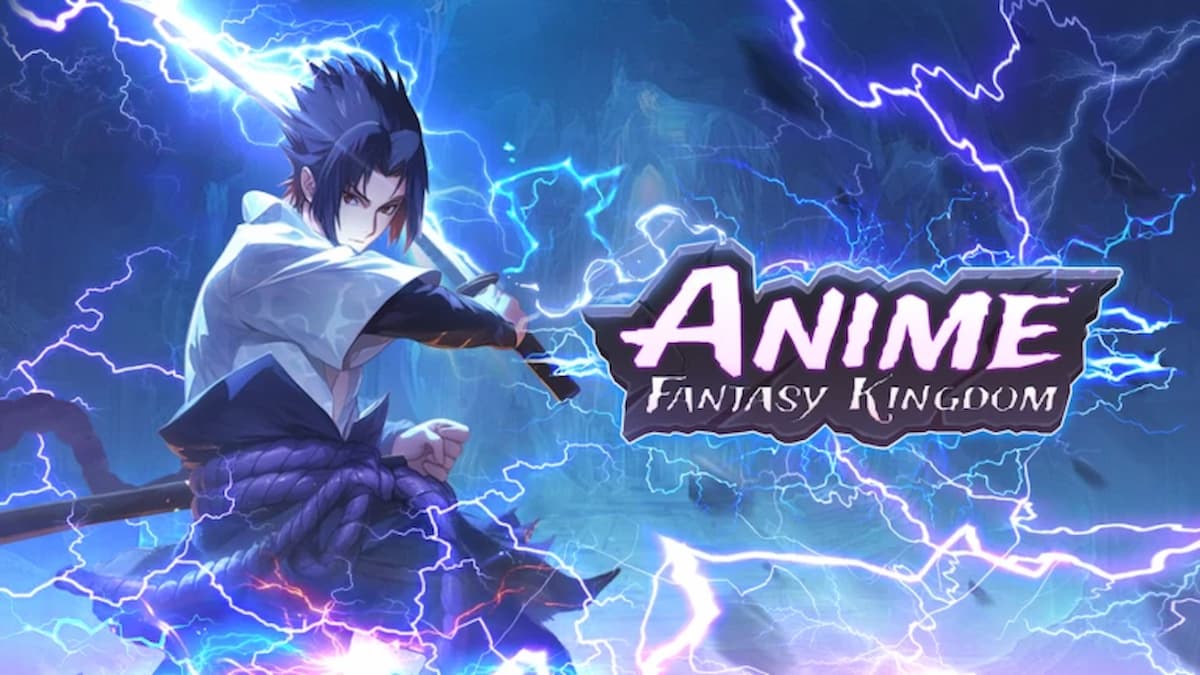
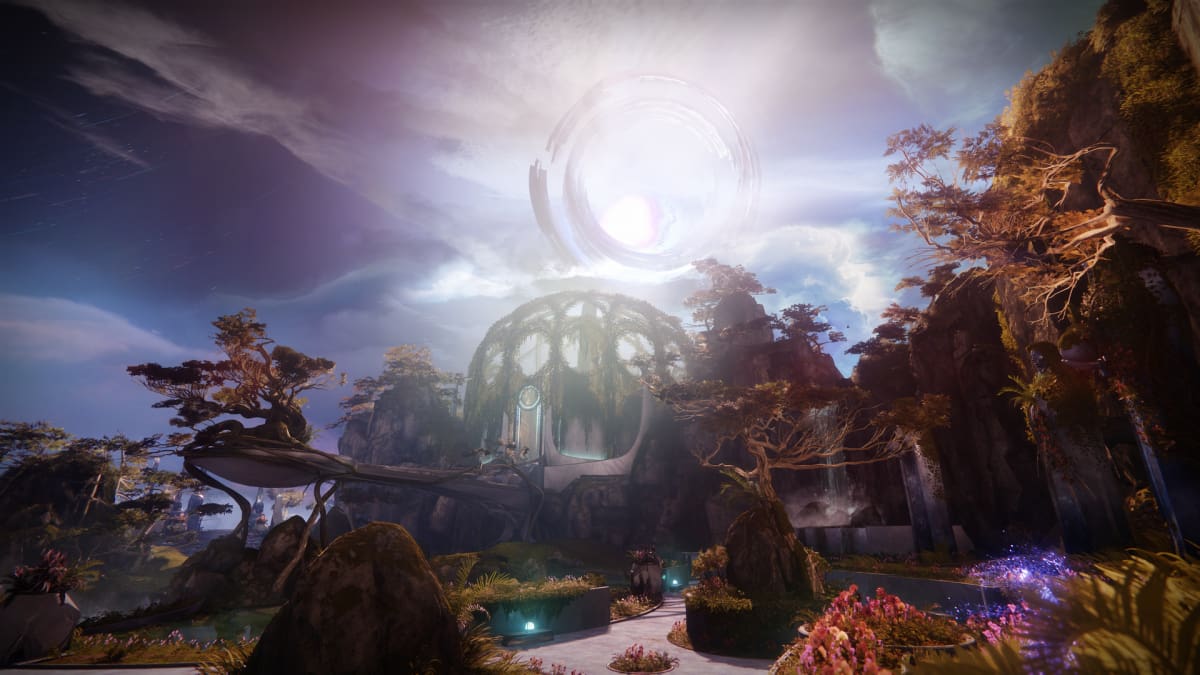

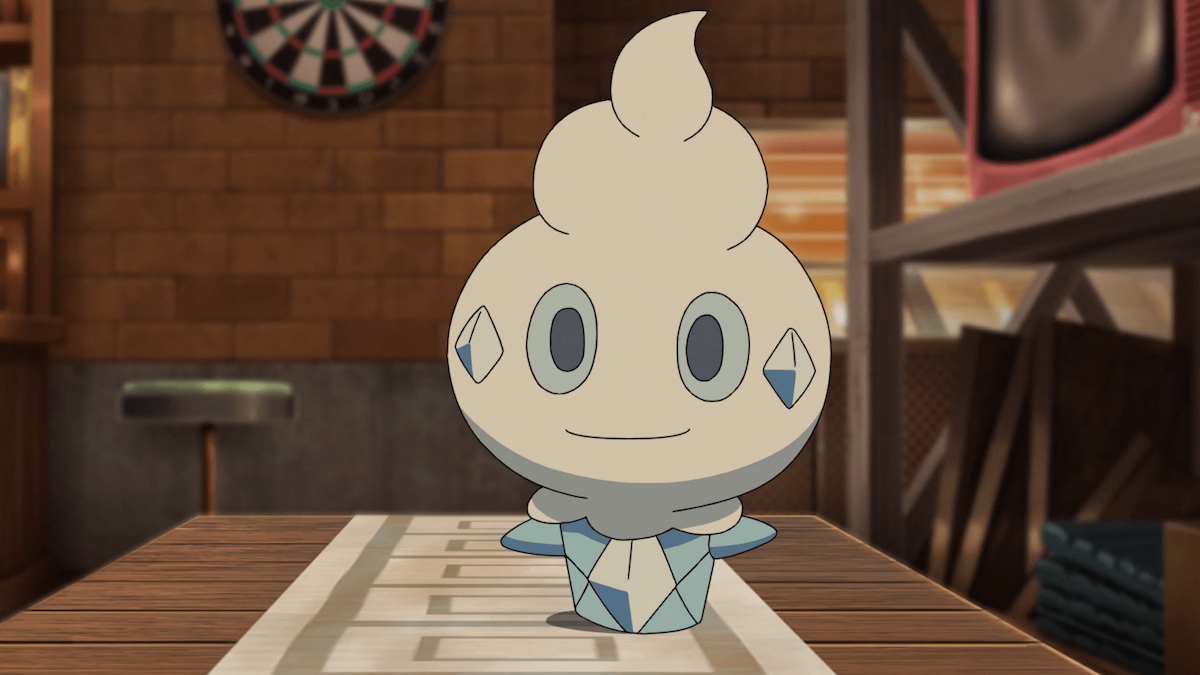
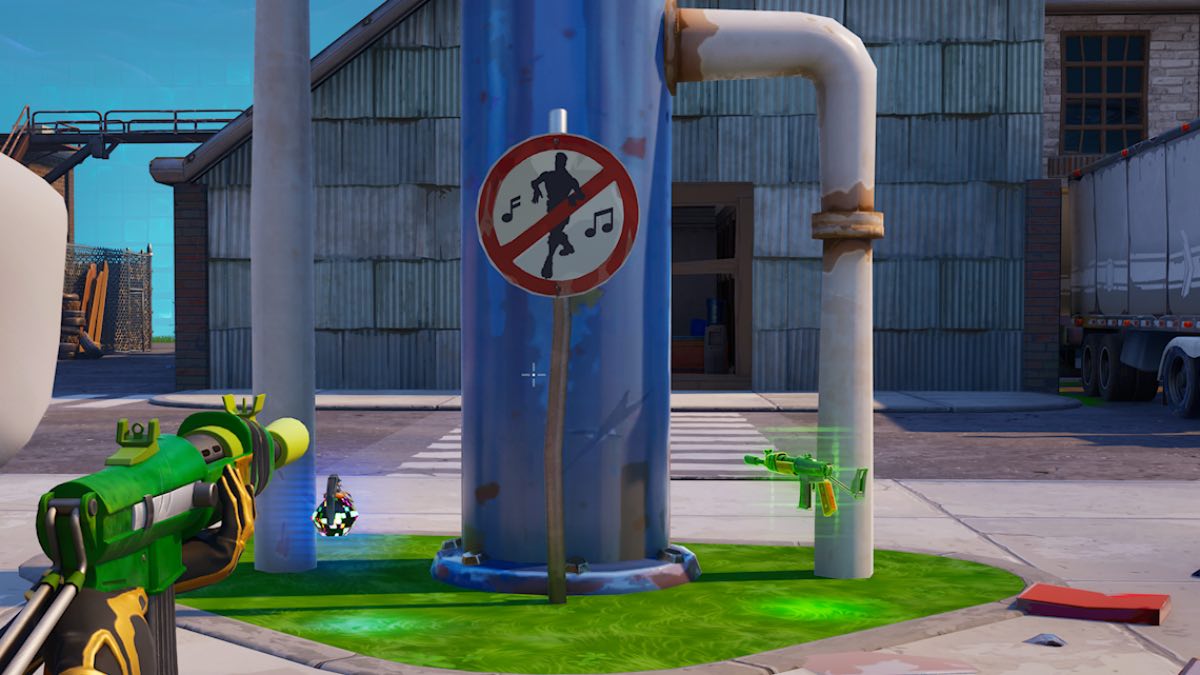
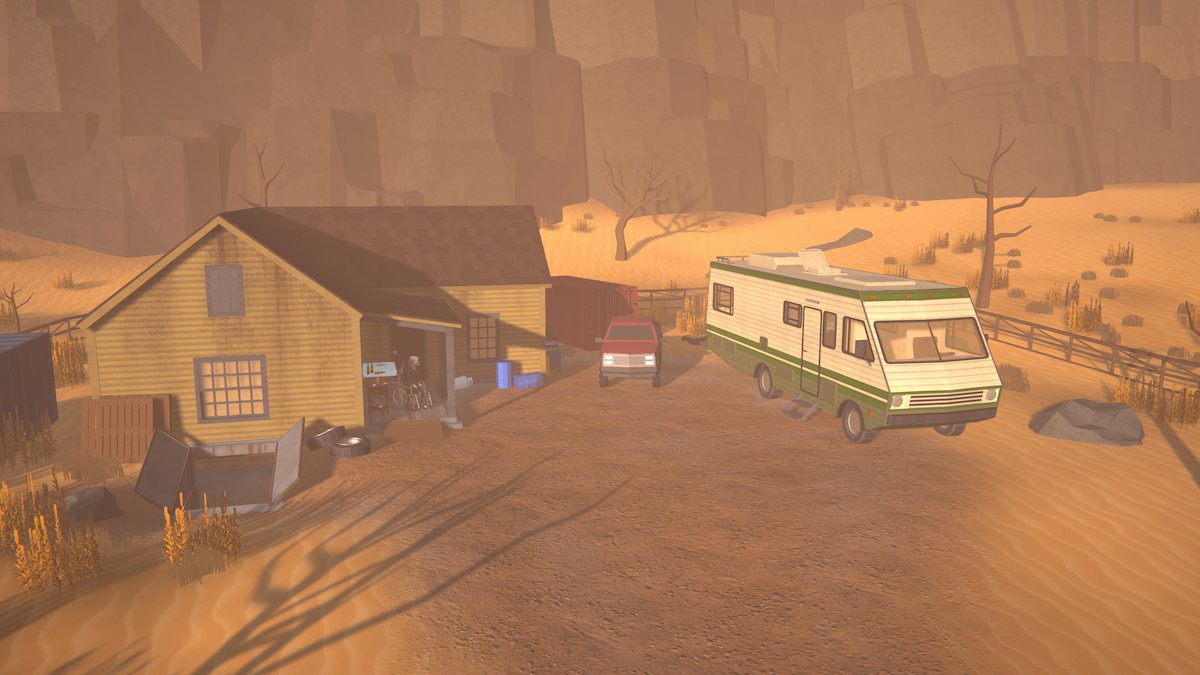

Published: Apr 28, 2017 11:54 am